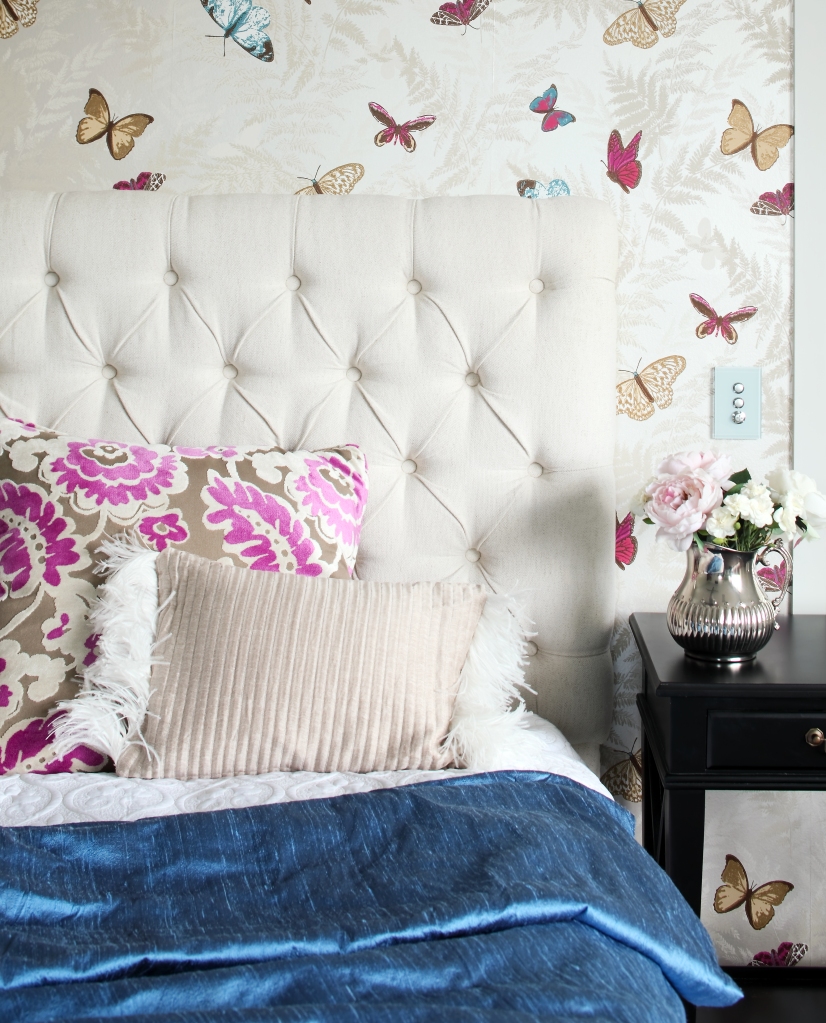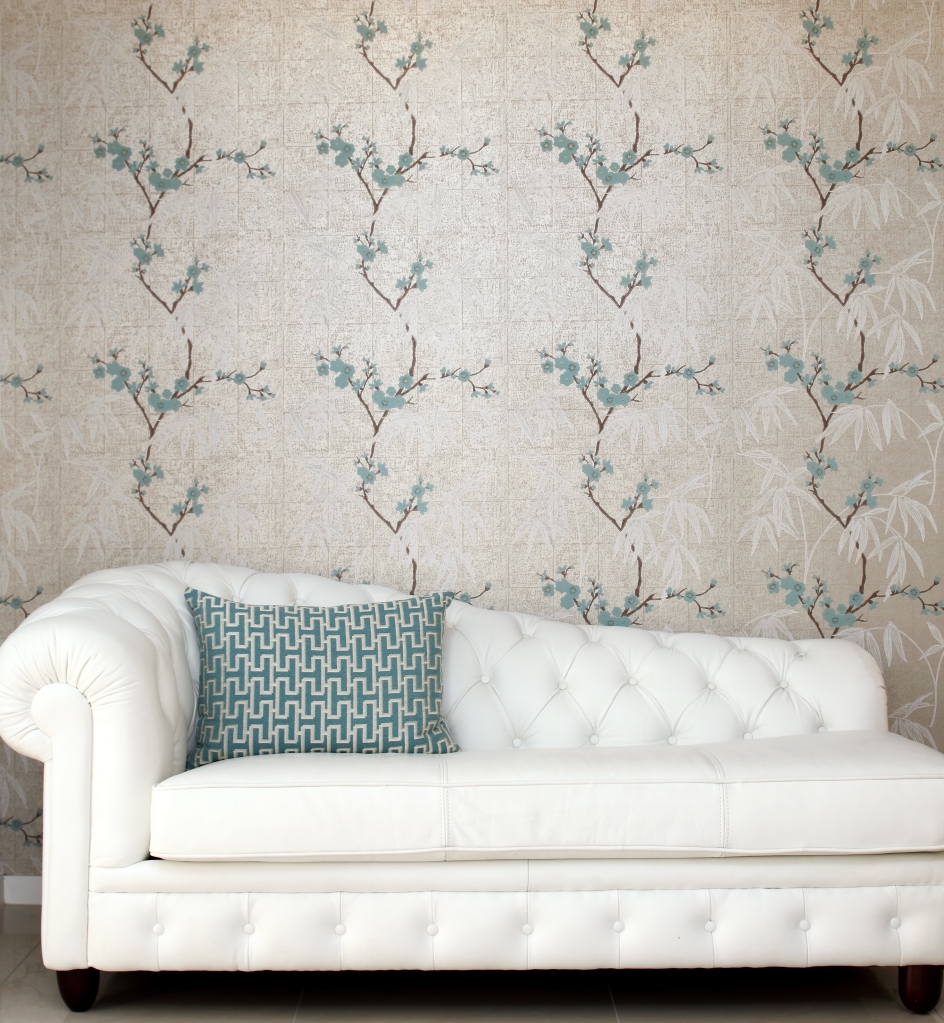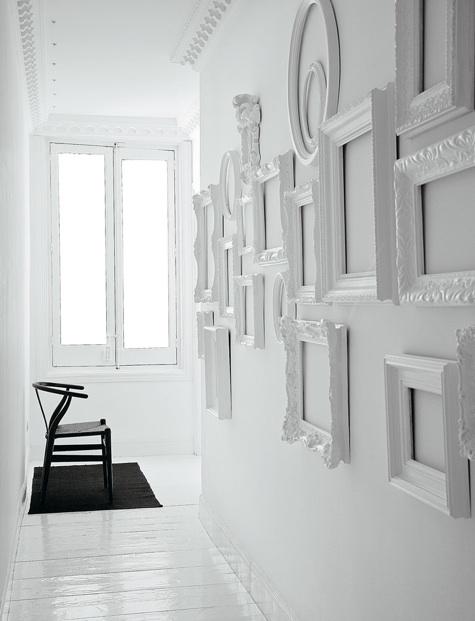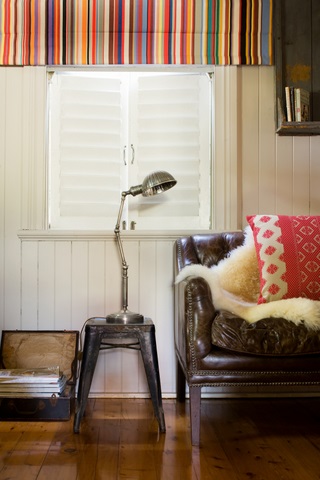Deep Buttoning


I’m in love with deep-buttoning at the moment – there’s just something so decadently divine in adding such an exquisite detail to furniture and furnishings.
Though you may be hard pressed finding many deep-buttoned pieces through the more contemporary furniture outlets, there are the occasional finds, such as an updated Chesterfield or the lovely squishy “Remy” sofa from Town and Country Style (www.townandcountrystyle.com.au). Alternatively, seek out local designers with a more traditional bent, such as Alan Bullivant from White (www.boydblue.com) who manufacturers the truly lovely “Grace” sofa.
If you have an old chair or ottoman you want to have re-upholstered, think about adding some deep-buttons. I recently had a large, but very plain square ottoman re-upholstered and asked them to add some piping and deep-buttoning – the result was amazing. What was once a boxy, contemporary piece is now an elegant Parisian-style ottoman (we also replaced the original steel feet with turned timber – and the existing blue faux-suede fabric with finely striped red and cream silk).
Fine stripes and patterns with a small repeat work really well with deep- buttoning – however, thicker stripes and larger patterns will not. If in doubt, stick to plain fabrics, which will show off the detailing beautifully.
When you add a deep-buttoned piece to a room, it instantly takes on a classic-meets-contemporary, timeless appeal. The trick is not to overdo it; a deep-buttoned bedhead upholstered in a beautiful fabric becomes the centrepiece when the other furniture is played down – however, if many items are screaming for attention, the look just becomes fussy.
Talking about upholstered bedheads, Denise Kennedy from Curtain Elegance (www.curtainelegance.com.au) was kind enough to show me the ‘cheats’ way to create a buttoned bedhead (the true method, which results in an elegant pleated effect is a real art form and takes years to master). You simply drill holes into a piece of MDF before gluing on the foam and wrapping it in the fabric. You then use a large darning needle to sew on the buttons, threading through the pre-drilled holes.





